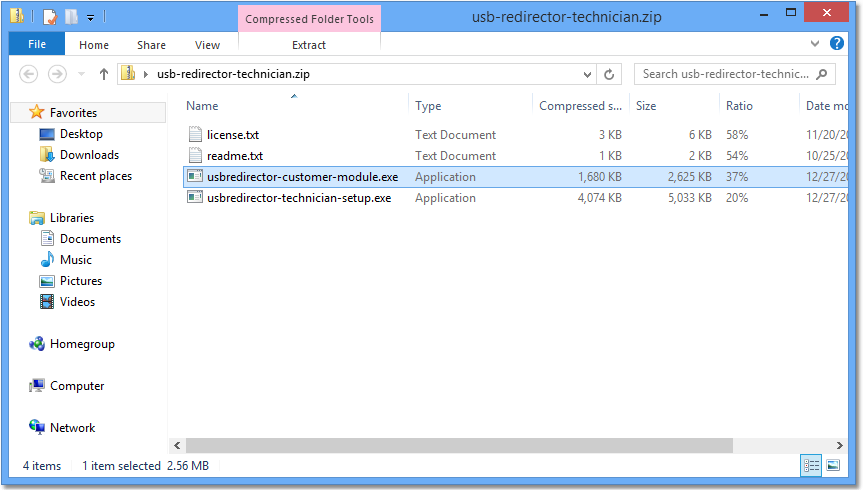

I've since tried RKill & TDSSKIller, neither of which could identify a threat. While IE had stopped redirecting on launch, other problems continued - I remain unable to launch Chrome, McAfee or Malwarebytes, and IE crashes continually, which suggests to me I've treated the symptom, not the cause. However, on creating a bootlog as instructed, I was unable to identify any suspicious software.
This succeeded in removing the default IE homepage the malware had presumably created. I therefore followed the instructions on this Youtube video c/o : Having looked online, I suspected this was some form of Google redirect/rootkit malware. I'm afraid I failed to note its exact url, though it featured the letters 'TEUA', along the following lines. Microsoft Windows 7 Home Premium 6.1.76.My son's Toshiba Satellite laptop, which runs Windows 7, was recently infected with malware that redirected Internet Explorer to an 'iGoogle' site. Run the scan, enable your A/V and reconnect to the internet. Please note: You may have to disable any script protection running if the scan fails to run.Īfter downloading the tool, disconnect from the internet and disable all antivirus protection.

Download DDS by sUBs from one of the following links.I need to see some additional information about what is happening in your machine. If you would like to try, please proceed as follows. If you prefer, we should be able to remove the infection. They is a way to access the image via the advanced boot options menu as outlined HERE,īE WARNED, a factory restore will erase all data stored on the C:\ drive so be sure to backup before carrying out the restore. It is going to depend alot a what type of infection you have as to whether the image can be accessed via the MBR. A factory restore will remove the infection, depending if the factory image is still accessible.


 0 kommentar(er)
0 kommentar(er)
